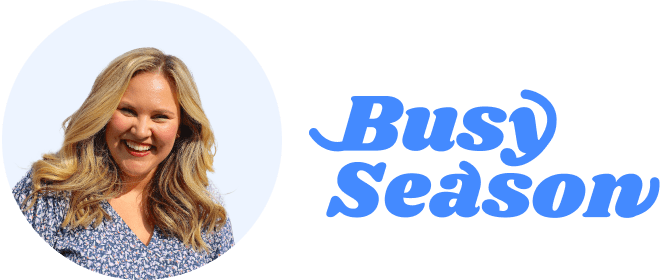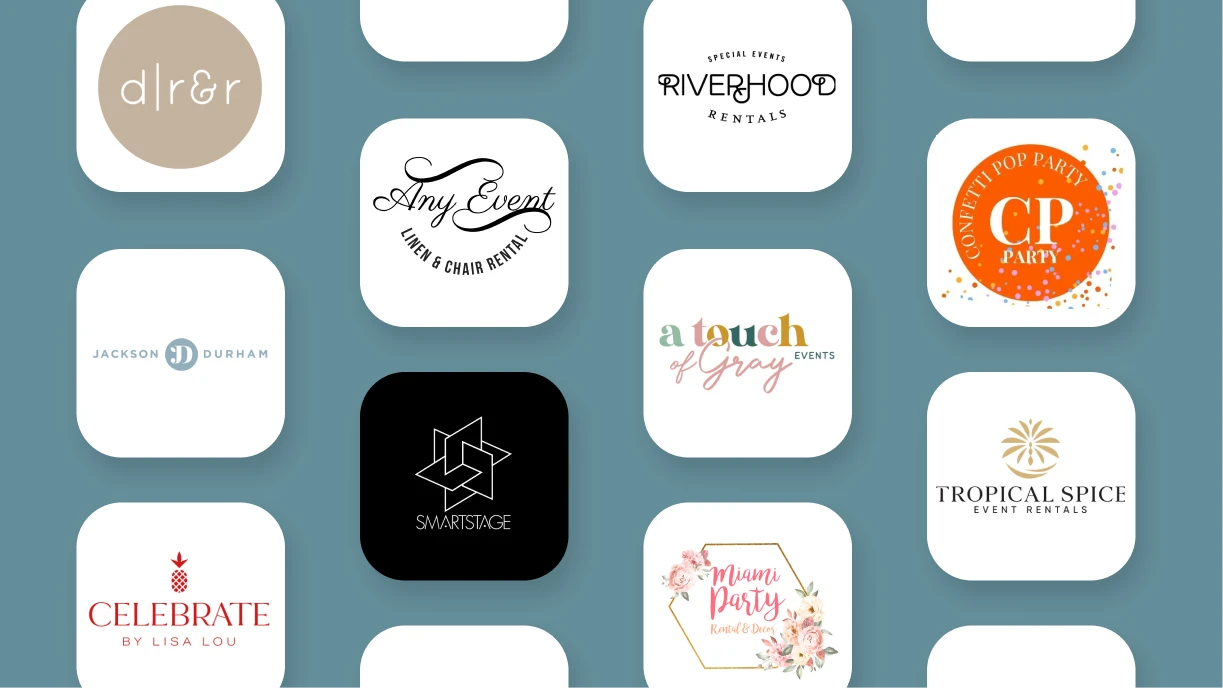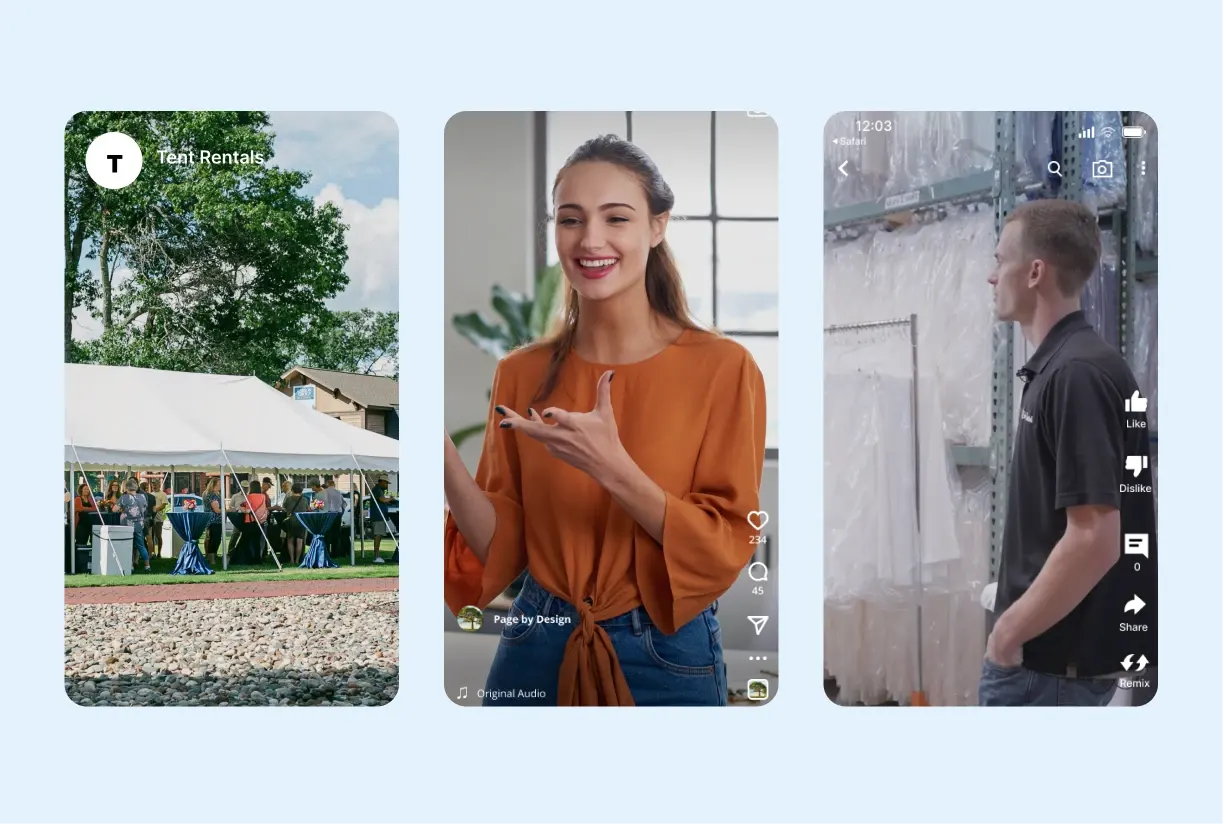Facebook is moving more and more towards a place for people to find and research businesses and services. This is great news for event pros! That means that Facebook is a prime place to introduce your brand to your potential clients. Because their ad system uses sophisticated algorithms to match your ads to your target audience, you won’t be paying for ads that are never seen by your audience, and your ads will always be placed in front of the right people. Facebook offers easy to understand, in-depth training guides and courses for its business users through Facebook Blueprint to give you the best chance at success. After all, your success is their success — so they’re really motivated to help you succeed.
Build and cultivate two audiences
Your target audience of potential clients is actually made up of two different segments: a new audience (people completely unfamiliar with your brand) and a retargeted audience (people you’ve marketed to through other channels, like emails and website visitors). Their needs are the same— they are interested in a great event— but the ads may be a bit different.
Either way, you can build an audience a few different ways:
- Import a list of leads from your CRM
- Use your Facebook pixel to retarget website visitors (you may need a developer’s assistance with this).
- Target specific audiences based on their demographics and interests.
After you establish who your target audience is and how you’d like to build them, you can target them based on their familiarity with your business.
Your new audience members have no idea who you are, so these ads should focus more on introductions. Keep them short and attention-grabbing, but still be conscious of your brand (e.g., if your brand uses a lot of earth tones, it would be strange and confusing to use neon colors). This is a great opportunity to show off your expertly curated events, your superior inventory, and your top-notch customer service.
For your retargeted audience, introductions have already been made. They may have recently visited your website, or they may subscribe to your emails. Ads for this group should focus on drawing them in again — think specials, remaining them of your UVP, or showcasing new inventory or themes.
Paint a picture
People will always notice and respond to images before words, so use high quality, engaging photos to showcase your inventory and events. You’ll definitely want to consider hiring a professional photographer to get an assortment of inspiring images. But don’t just take photos of your items and set ups— include photos of people enjoying your inventory. If you don’t have an event coming up where that’s possible, make one. It’s a great excuse to throw a party for you, your employees, and their families!
After you catch your target audience’s attention with your awesome images, it’s time to encourage a click with the words you choose— a.k.a. copy. You’ll want to come up with more than one version of each ad to test, and run these versions at the same time. This is called A/B testing, and it will help you hone in on what keywords, phrases, and tone appeal to your audience.
Constantly evolve
If you’re wondering how long you need to do A/B testing, the answer is: always. Culture, trends, and the world are in constant flux, which means that what grabs your target audience’s attention will change. Ads that were hugely successful in 2019 will most likely fall flat in 2020. Constant analyzing, testing, and iteration is necessary for any successful marketing strategy. If you notice that your most popular ad is starting to fall off, it’s time to change things up. If you notice your competitors are running completely different ads, it’s time to investigate why; they may have noticed a trend that you missed.
Pro Tip: Your Facebook Business Manager account can be used for both Facebook and Instagram ads. Don’t stop with Facebook; Instagram is a fantastic place to pick up new clients, too!
We highly recommend making an SOP (a.k.a. standard operating procedure) for your marketing processes. This will help streamline your processes for analyzing your ad statistics, clearly outline procedures for A/B testing, and set up a repeating schedule for testing to keep your ads fresh and on-point. While setting up social media advertising may seem intimidating at first, it is the fastest way to see big results in terms of increased clicks, follows, and bookings. You’ll be getting brand recognition in no time!






